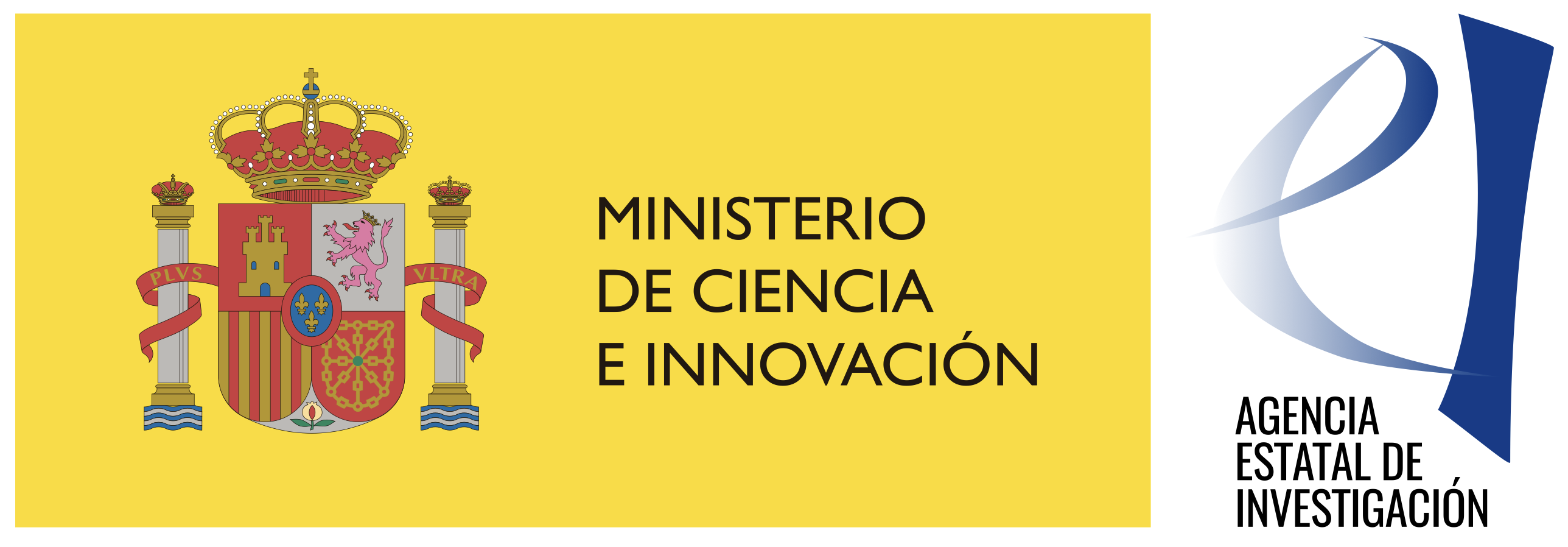ProteinFriction - Internal friction in protein folding, function and aggregation
Proteins serve varied functions in organisms, folding into functional structures based on energy landscapes. Protein folding landscapes are smooth yet slightly rough due to internal interactions, termed "internal friction." Misfolding, seen in diseases like Alzheimer's, lacks evolutionary pressure, resulting in rough landscapes. Recent research confirms slower diffusion in misfolding. Exploiting this, a therapeutic approach is proposed to target misfolding diseases by increasing internal friction. The project aims to understand mechanisms of internal friction, study rough misfolding landscapes, introduce mutations, and explore chemical interventions for novel disease treatment.
Proteins are fascinating molecular machines that undertake all sorts of functions in living organisms. They are synthesized as linear polymers of amino acids, and their folding into functional three dimensional structures depends on the funneled shape of their energy landscapes.
Over the last 30 years protein biophysicists have enquired the microscopic details of protein folding energy landscapes. They are smooth and minimally frustrated, due to the evolutionary selection of amino acid sequences that guarantee fast and reproducible folding. However, there is still some level of roughness, due to interactions of the protein with itself that need to form and break as the protein approaches the folded state from the unfolded form. This roughness in the landscapes has been termed "internal friction". A plethora of systems have been studied to probe experimentally to find internal friction, and indeed it has been found in very diverse systemsk, including ultrafast folders, enzymes and disordered proteins. Still a molecular description of this effect was lacking. Our recent computational work has established for the first time the origin of internal friction in small peptides, and possibly also in proteins.
Proteins can also misfold, which often results in terrible diseases like Alzheimer's or Parkinson's. For misfolding, however, there is clearly no evolutionary pressure. Hence, energy landscape theory would suggest that these misfolding landscapes are very rough compared to folding landscapes. Recent single molecule experiments on protein PrP have confirmed this prediction, showing that the diffusion on the energy landscape for misfolding is as slow as 3 orders of magnitude slower than folding.
This enormous difference offers an opportunity for targeting disease. We can aim for preventing misfolding diseases if we can even marginally increase the internal friction of the protein. In this proposal we attempt to develop a novel therapeutic strategy based on this principle.
To achieve this we will first study a large subset of the systems found to have internal friction in experimental work. This will give us an idea of the mechanisms that produce internal friction in these diverse systems. Then, we will study the microscopic roughness in misfolding landscapes. By making use of the knowledge obtained from the first part of the project, we will be able to introduce mutations that increase the internal friction of the protein. Finally, we will be attempt to recover the same effects using a chemical library, which will set the foundation for a novel therapeutic approach for the cure of misfolding disease.
This project is funded by CTQ2015-65320-R/MCIN/ AEI /10.13039/501100011033

